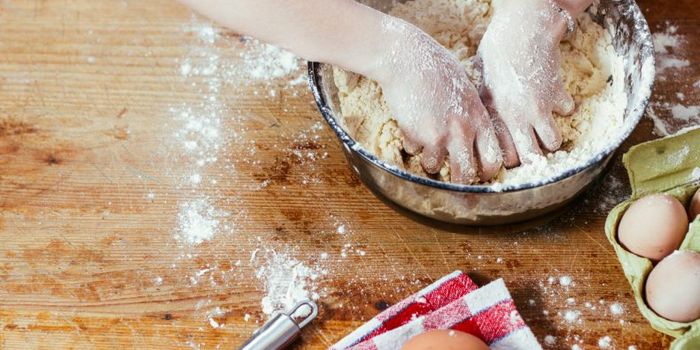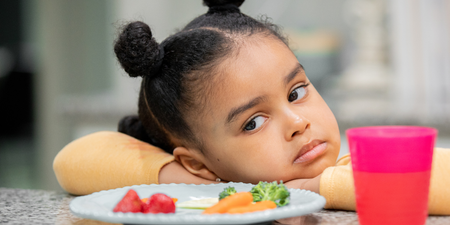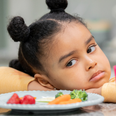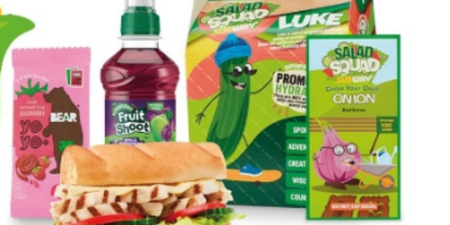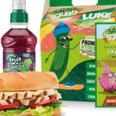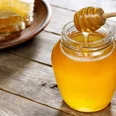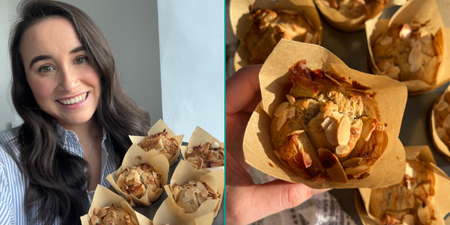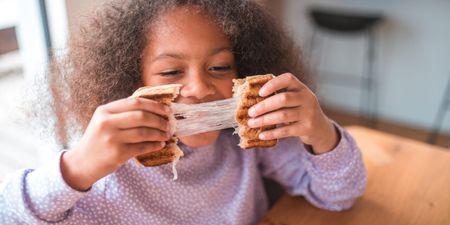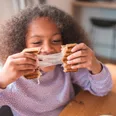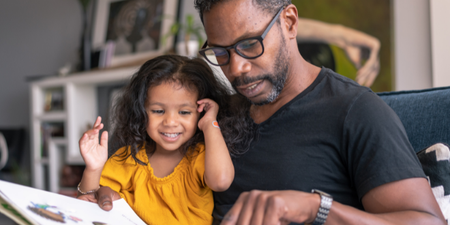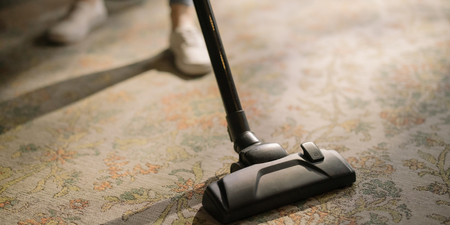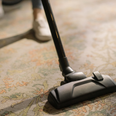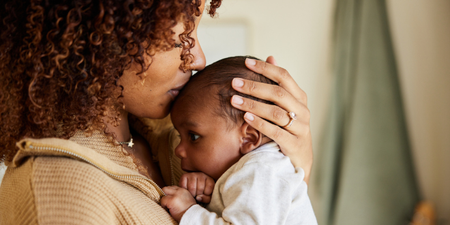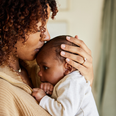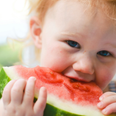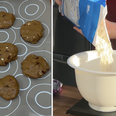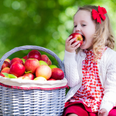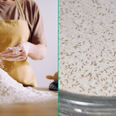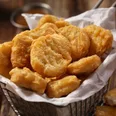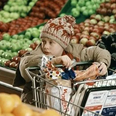Restaurants chefs have a wealth of tips and tricks they use to organise their kitchens. These very same tricks are invaluable when you bring kids into the mix.
How many of us prepare dinner at a counter top with a child doing homework on one side and a Lego battleship being built on the other? These tips will help big kids and little ones alike to enjoy their time in the kitchen a little more.
Once they get the hang of helping out, you might find you have your own team of kitchen assistants on call whenever you need them!
1. Aprons: Wearing aprons allows for lots of little accidents!
2. Clear the work area: It’s important that the work surface where you are preparing is clear.
3. Ingredients at the ready: Not being able to find ingredients in a hurry leads to heightened stress levels, this is the last thing you need when you have kids in the kitchen. It also saves a lot of time in the long run.
4. Get your utensils out: Like the ingredients, having everything to hand only takes a few seconds but really does save on time later.
5. Expect a mess: It’s just a bit of fun. Keep a damp cloth to hand.
6. Place a damp cloth under a bowl to prevent it from sliding across the counter.
7. Place a damp cloth under chopping boards to make them secure for chopping.
8. Read ingredients from recipes in cookery books to the kids, let them look at the pictures and find one that they like the look and sound of.
9. Go through recipes first: Read the method. This is very important and cuts out confusion in the middle of cooking. Its also a great way of teaching children about the process of cooking. If you have an older child to read the recipe while helping, it’s heaven!
10. Remember: when you do a recipe for the first time it takes longer. The second time is better and after that you’re a pro.
11. Use a secure step to avoid accidents if they need to reach something. ALWAYS be extra careful near the cooker or with boiling water. It doesn’t mean they can’t stir or help out, this is just where you need to be extra alert. The kids need a “heat warning” each time.
12. The “bin bowl”: Keep a bowl for all the bits of waste on the counter while preparing food. It might sound unimportant but it keeps your counter clear and helps you not to get flustered when kids are in the kitchen. It really is the tiny things that help the most.
Using Knives:
This is not for the very young child but when you think it’s appropriate, here are a few techniques.
Firstly, use the right knife for the job, a chopping knife to chop, a small paring knife for peeling and cutting fruit etc.
Don’t forget the damp cloth under the board to secure it.
A blunt knife is more dangerous than a sharp one. The amount of pressure needed to cut through something with a blunt knife may make the item slip, a sharp knife will cut through easily with less risk.
The Bridge technique
Holding the piece of food you are cutting by forming a bridge with your thumb and index finger. Hold the knife in the other hand, blade pointing down. Place the knife under the bridge and cut down.

The Sliding Claw
Cut the piece of food in half if necessary (using the Bridge technique) so you can place the flat piece on the chopping board. Shape the fingers on your left hand (or right hand if you’re left handed!) into a claw shape, tucking the thumb inside your fingers and tucking the fingertips in toward the palm of your hand. Place the claw hand on top of the item to be cut. Holding the knife, blade pointing down in the other hand, cut across the item to be sliced, sliding the claw back as you need to move the knife along the item you are cutting. This technique keeps little fingertips out of the way and lessens the chance of accidents.

